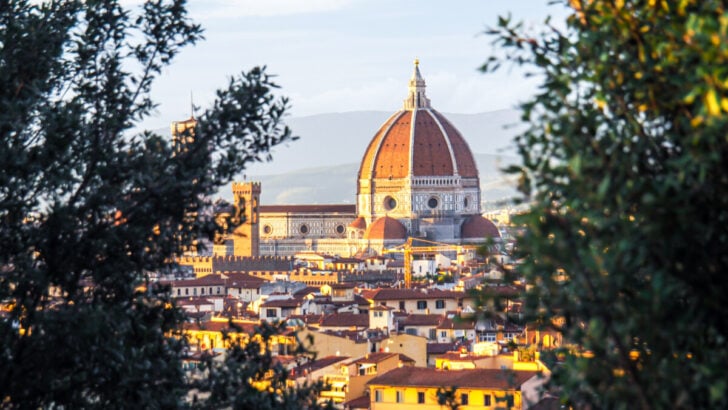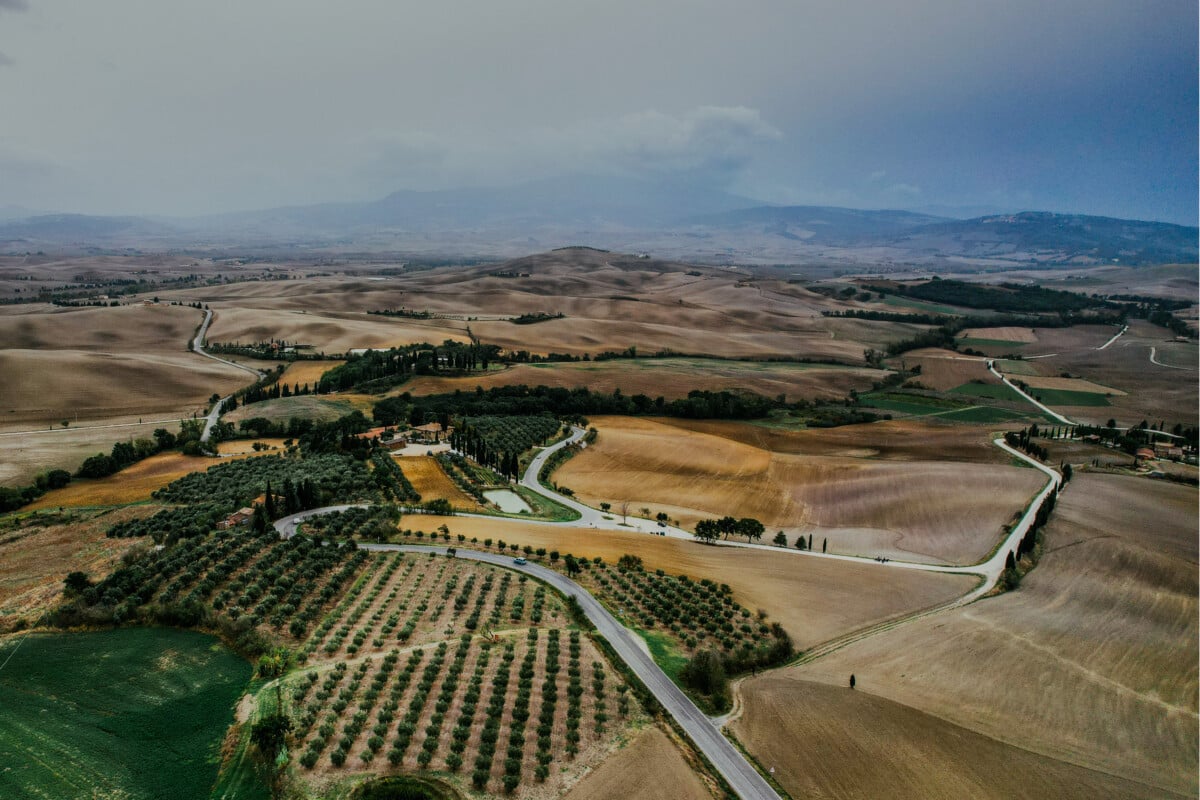We take pride in providing authentic travel recommendations based on our own experiences. We may earn a commission when you purchase a product or book a reservation. Learn more ›
When it comes to charming towns with a rich history amidst majestic natural beauty, there’s nowhere on Earth quite like Tuscany, in Italy. Anywhere you look, you’ll find bustling cities, charming towns, and picturesque villages. Each with its own fascinating traditions, local culture, and invariably incredible food.
Surrounded by rolling countryside, with an ancient, colorful past and immeasurable monuments from the Leaning Tower to the Piazza del Duomo, there certainly are plenty of things to see and do… and not just in Florence! Oh yeah, we’re staying away from Tuscany’s capital (and one of Italy’s most famous cities) and exploring this gorgeous region today.

This stunning region boasts countless lesser-known towns, all of which are worth visiting. Some showcase medieval walls, while others offer spectacular scenery and wine-tasting experiences. Those are just pieces of the Tuscan puzzle; to piece it together, you must visit yourself.
Below, we outline the impressive architecture, ancient churches, numerous restaurants, and Renaissance buildings of the most beautiful cities in Tuscany. Learn about the region’s most famous towns and hidden gems and start planning a trip!
The Most Beautiful Townsand Villages in Tuscany



| Town | Key Highlight |
|---|---|
| San Gimignano | Famous for its towers |
| Pienza | Known as an “ideal city” from Renaissance |
| Lucca | Noted for its intact Renaissance-era city walls |
| Cortona | Perched on a hill with stunning views |
| Volterra | Renowned for its Etruscan roots and alabaster production |
| Montepulciano | Famous for its wine |
1. Pienza
The first Tuscan town on our list is none other than an “ideal city” from the Renaissance: Pienza, a UNESCO World Heritage site and a beautiful historical treasure. Ideal in this context refers to Pienza’s concept plan and how it encompasses the planner’s goals through its structures, layout, and accessibility – way ahead of its time.
This medieval city offers an array of landmarks, including Palazzo Piccolomini and Piazza Pio II; the latter was named after Pope Pius II (Enea Silvio Piccolomini), born there in 1405. Let us ask you this: how dedicated are you to your roots? Enough to renovate an entire village in Italy?
That’s…
Click Here to Read the Full Original Article at ViaTravelers…